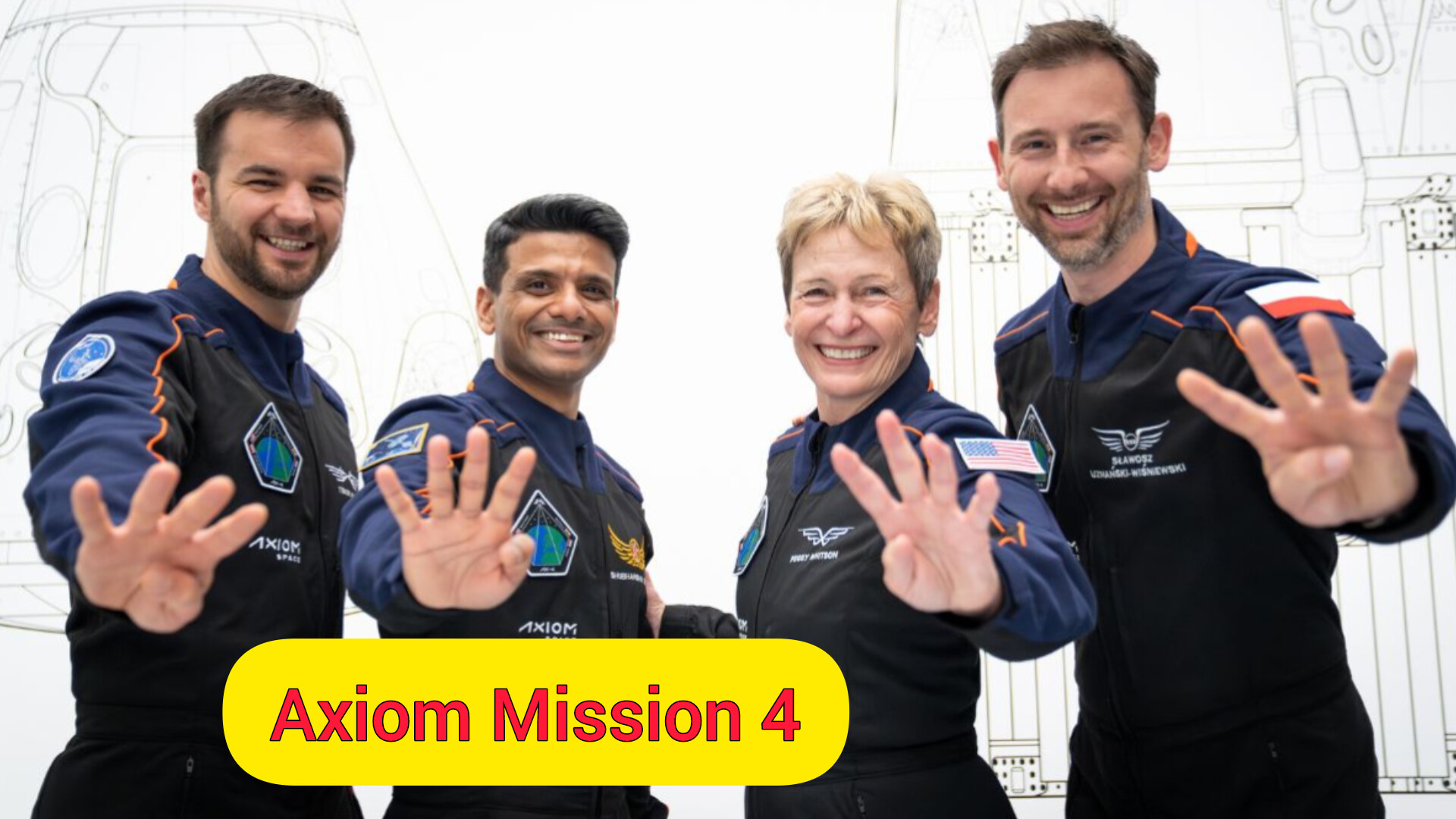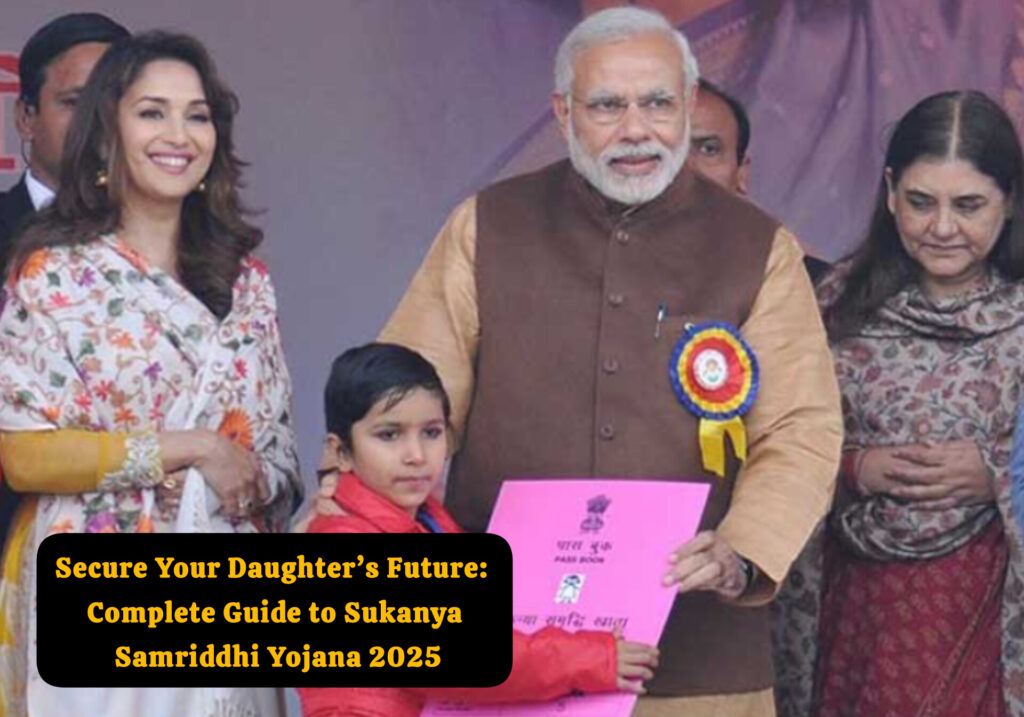Axiom Mission 4 (Ax-4) Overview
Axiom Mission 4 (Ax-4) is a private human spaceflight mission to the International Space Station (ISS), organized by Axiom Space in collaboration with NASA, SpaceX, the Indian Space Research Organisation (ISRO), the European Space Agency (ESA), and the Hungarian Space Office (HSO). Launched on June 25, 2025, it marks a historic milestone as the first government-sponsored spaceflight for India, Poland, and Hungary in over 40 years and their first crewed mission to the ISS. The mission underscores global collaboration in low Earth orbit (LEO) and advances microgravity research, commercial activities, and preparations for future commercial space stations.
Below is a comprehensive table summarizing the key details of Axiom Mission 4, incorporating information from recent sources, including the provided web and X post references.

| Category | Details |
|---|---|
| Mission Name | Axiom Mission 4 (Ax-4) |
| Launch Date and Time | June 25, 2025, at 2:31 a.m. EDT (12:01 p.m. IST, 8:31 a.m. CET) |
| Launch Site | Launch Complex 39A, NASA’s Kennedy Space Center, Florida, USA |
| Spacecraft | SpaceX Crew Dragon Grace (C213, maiden flight) |
| Launch Vehicle | SpaceX Falcon 9 Block 5 rocket |
| Crew | – Commander: Peggy Whitson (USA, Axiom Space, former NASA astronaut) – Pilot: Shubhanshu Shukla (India, ISRO) – Mission Specialist: Sławosz Uznański-Wiśniewski (Poland, ESA) – Mission Specialist: Tibor Kapu (Hungary, HUNOR program) |
| Backup Crew | – Gyula Cserényi (Hungary, HUNOR program) – Prasanth Balakrishnan Nair (India, ISRO) |
| Duration | Approximately 14 days aboard the ISS |
| Docking Date and Time | June 26, 2025, at 6:31 a.m. EDT (4:30 p.m. IST) to the Harmony module’s space-facing port |
| Hatch Opening | June 26, 2025, at 8:14 a.m. EDT |
| Mission Objectives | – Conduct ~60 scientific experiments and activities involving 31 countries – Microgravity research in biology, material sciences, and human physiology – Technology demonstrations and STEM outreach, including ISS Ham Radio sessions – Foster international collaboration and commercial space activities |
| Key Scientific Experiments | – India (ISRO-led, with NASA/ESA): – Space Microalgae: Study of microgravity and radiation effects on edible microalgae (ICGEB & NIPGR) – Myogenesis: Effects of metabolic supplements on muscle regeneration in microgravity (InStem) – Sprouts: Sprouting salad seeds for crew nutrition (University of Agricultural Sciences & IIT Dharwad) – Voyager Tardigrade: Survival and reproduction of tardigrades in space (IISc) – Voyager Displays: Human interaction with electronic displays in microgravity (IISc) – Brazil/Nigeria (Limitless Space Institute): Student-designed experiments on ball collisions and pendulum properties in microgravity – Studies on microgravity effects on brain, heart, and muscles for long-duration missions |
| Participating Countries | 31 countries, including USA, India, Poland, Hungary, Saudi Arabia, Brazil, Nigeria, UAE, and European nations |
| Delays and Challenges | – Initial launch planned for May 29, 2025, delayed due to weather – June 11, 2025, attempt scrubbed due to a liquid oxygen leak in Falcon 9 – Further delays due to a pressure leak in the ISS Zvezda module, resolved after Roscosmos repairs – Extended crew quarantine period, exceeding standard two-week norm |
| Significance | – First ISS mission for India, Poland, and Hungary – India’s second human spaceflight since Rakesh Sharma’s 1984 mission – Advances India’s Gaganyaan program and global space collaboration – Most research-intensive Axiom mission to date – Supports Axiom Space’s vision for a commercial space station |
| Key Collaborations | – NASA-ISRO joint commitment (Trump-Modi agreement) for ISRO astronaut to ISS – ESA and HSO for Poland and Hungary’s participation – Five NASA-ISRO science investigations and two STEM demonstrations |
| Crew Training | – Shubhanshu Shukla and Prasanth Balakrishnan Nair completed initial training by January 2025 – Sławosz Uznański-Wiśniewski trained at ESA’s European Astronaut Centre, JAXA’s Tsukuba Space Center, and NASA/SpaceX/Axiom facilities – Tibor Kapu and Gyula Cserényi completed NASA training in April 2025 |
| Mission Patch | – Axiom Mission 4 patch (unified design) – Poland’s Ignis patch: Features an eagle, Orla Perć mountain range, and Scutum constellation – Hungary’s HUNOR patch: Depicts Csodaszarvas and four stars for astronaut candidates |
| Outreach Activities | – ISS Ham Radio sessions to engage students in space and radio science – Shukla’s message from space: “Namaskar from space! I am thrilled to be here… All of India part of this journey,” with a swan toy symbolizing wisdom |
| Commercial Context | – Fourth Axiom Space private mission to ISS (following Ax-1, Ax-2, Ax-3) – Supports NASA’s goal for a low Earth orbit economy and Axiom’s commercial space station plans |
| Current Status (June 28, 2025) | Crew aboard ISS, conducting experiments and outreach; mission ongoing |
Additional Details and Context:
- Launch and Docking: The mission launched successfully on June 25, 2025, after overcoming delays due to a Falcon 9 liquid oxygen leak and ISS Zvezda module pressure issues. The Crew Dragon Grace docked with the ISS Harmony module on June 26, 2025, ahead of schedule. The crew was welcomed by the ISS Expedition crew, including Commander Takuya Onishi (Japan).
- Crew Roles:
- Peggy Whitson: Axiom’s director of human spaceflight, former NASA astronaut, and ISS commander (twice). Commands Ax-4 and led Ax-2 in 2023.
- Shubhanshu Shukla: ISRO astronaut and Indian Air Force Group Captain, serving as pilot. Second Indian in space, first to visit ISS.
- Sławosz Uznański-Wiśniewski: ESA project astronaut, Polish scientist/engineer with CERN experience.
- Tibor Kapu: Hungarian mechanical engineer, first Hungarian astronaut since 2009, representing the HUNOR program.
- Scientific Impact: The mission’s ~60 experiments focus on microgravity’s effects on biological processes, muscle regeneration, and technology, with applications for long-duration space missions (e.g., Artemis, Mars) and Earth-based medical treatments. The inclusion of student experiments from Brazil and Nigeria highlights STEM outreach.
- International Significance: Ax-4 fulfills a U.S.-India commitment (Trump-Modi, 2023) and strengthens ties with ESA and HSO. It marks a step toward democratizing space access and supports Axiom’s vision for a commercial space station post-ISS (planned deorbit by 2030).
- Challenges Overcome: The extended quarantine and multiple launch delays tested crew preparedness, but successful repairs and coordination between NASA, Roscosmos, and SpaceX ensured mission success.
- Cultural Highlights: Shukla’s message and swan toy emphasized India’s cultural contribution, while Poland and Hungary’s mission patches reflect national pride.
Sources and Notes:
- Information is sourced from reliable references, including Axiom Space, NASA, Wikipedia, and news outlets like The Times of India and The New York Times.
- X posts from NASA, ISRO, and Axiom Space provided updates on launch delays and timelines.
- For real-time updates, follow NASA’s space station blog, @space_station, @ISS_Research, or Axiom Space’s official channels.
- If you need specific details (e.g., experiment outcomes, crew activities, or post-mission updates), please clarify, and I can provide further information or check for updates!
This table and summary aim to provide a concise yet comprehensive overview of Axiom Mission 4, aligning with your request for full details. Let me know if you’d like to refine the post title further or focus on specific aspects for your website!









